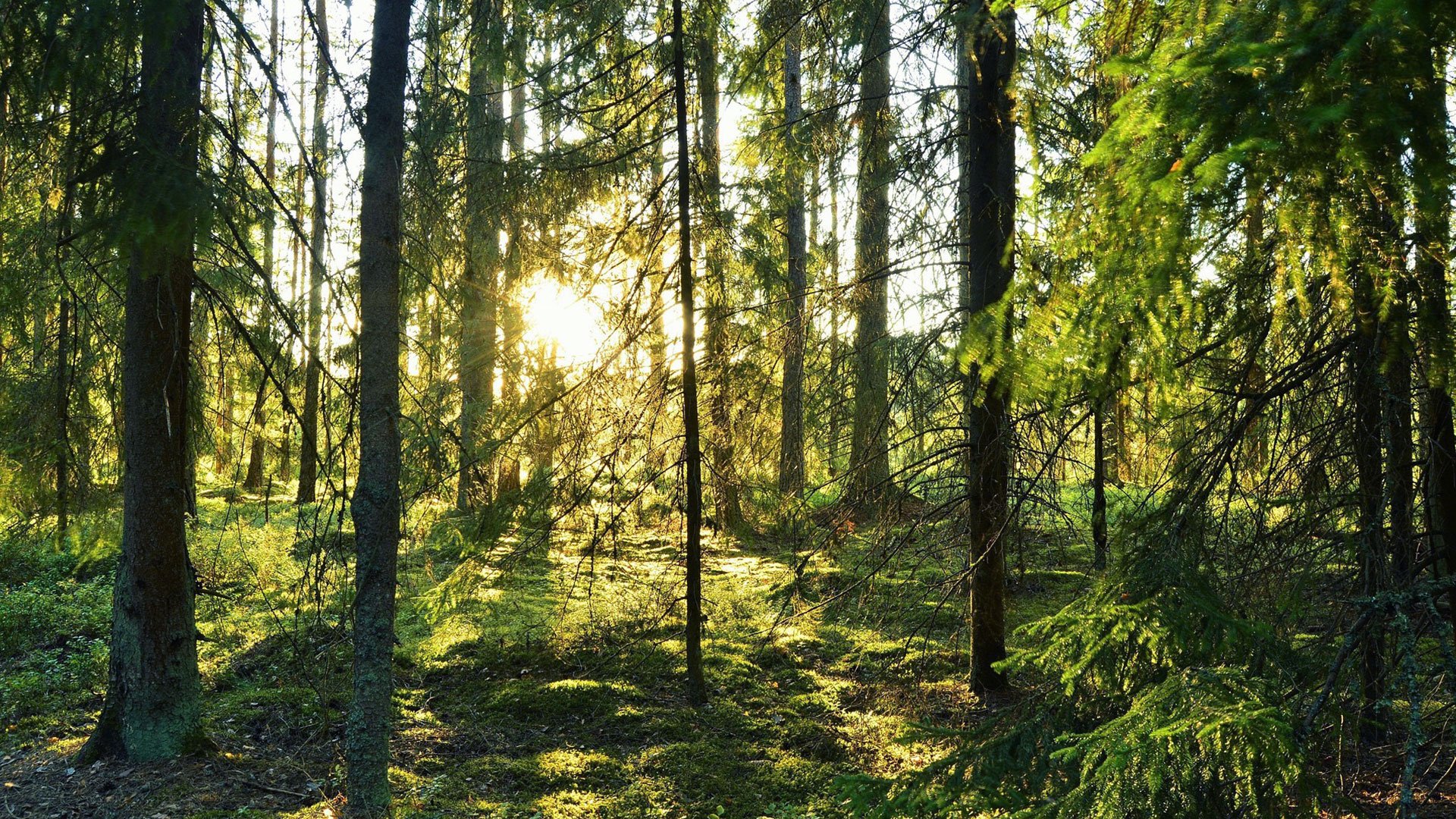Ecological knowledge for ecological compensation

About this report
The interviews with 17 authority representatives and practitioners who work with ecological compensation in Sweden showed that legally regulated compensation actions were often connected to the regulation of species and biotope protection, and not to nature reserves or Natura 2000 sites. Individual trees, forests, wetlands, or watercourses and ponds were the habitats most frequently targeted by compensation actions, and the most frequently targeted species groups were birds and amphibians. The compensation actions included mainly different forms of habitat restoration, but creation of small ponds was also common. Due to many practical obstacles to the implementation of ecological compensation (including both the legal framework and the processes and routines among the public authorities), it was rare that ecological considerations were done regarding what the most appropriate form of compensation would be. Uncertainties about what ecological compensation includes created unclear standards from the authorities. Other uncertainties came from whether it is most important to prioritize compensation close to the site affected by development, or to prioritize to compensate as similar environment and species as those affected. The interviewees also identified a lack of holistic perspective, which includes several aspects of nature values and of assessments at a landscape scale focusing on more than the effect of individual development projects. There is a risk that the current approach, with a focus on individual species and small-scale assessments, and the view that any conservation action is better than nothing and that everything is possible to compensate, can have negative consequences for biodiversity conservation in general. Together, this creates an unclear system with uncertain long-term consequences for biodiversity.